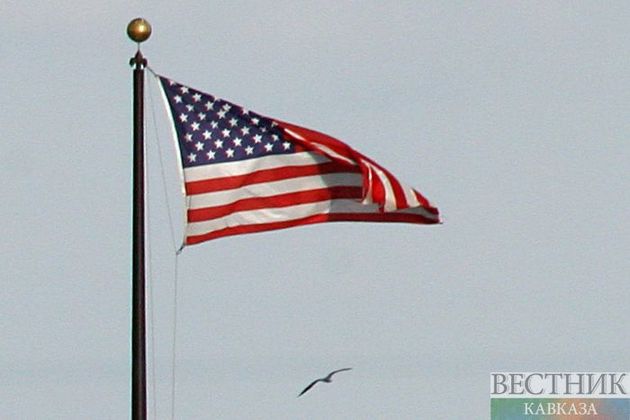The United States said on Thursday China's rapid build-up of its nuclear forces was concerning and called on Beijing to engage with it "on practical measures to reduce the risks of destabilizing arms races."
The build up had become more difficult for China to hide and it appeared it was deviating from decades of nuclear strategy based around minimal deterrence, State Department spokesperson Ned Price told a regular news briefing.
Price was responding to a question about a report in the Washington Post that said China had begun constructing more than 100 new missile silos in a desert area in the western part of the country.
"These reports and other developments suggest that the PRC's nuclear arsenal will grow more quickly, and to a higher level than perhaps previously anticipated," Price said using the acronym for the People's Republic of China.
"This buildup is concerning. It raises questions about the PRC's intent. And for us, it reinforces the importance of pursuing practical measures to reduce nuclear risks," Reuters cited him as saying.
"We encourage Beijing to engage with us on practical measures to reduce the risks of destabilizing arms races - potentially destabilizing tensions."
Price added that this was why President Joe Biden had prioritized strategic stability in his engagement with Russian President Vladimir Putin, and added: "The same rationale would apply to engagement with another nuclear power, the PRC."
Price also said that Washington had "taken note" of remarks by Chinese leader Xi Jinping at a ceremony marking the 100th anniversary of the founding of the Chinese Communist Party on Thursday, but was "not going to comment on the specifics."
In his address, Xi warned that foreign forces attempting to bully China would "get their heads bashed" and pledged to build up its military. He also committed to the "reunification" of Taiwan and said social stability would be ensured in Hong Kong while protecting China's security and sovereignty. read more
The Washington Post report cited commercial satellite images and analysis from the James Martin Center for Nonproliferation Studies in Monterey, California.
It said the 119 nearly identical construction sites contained features that mirrored existing launch facilities for China’s existing arsenal of nuclear-tipped ballistic missiles.
















